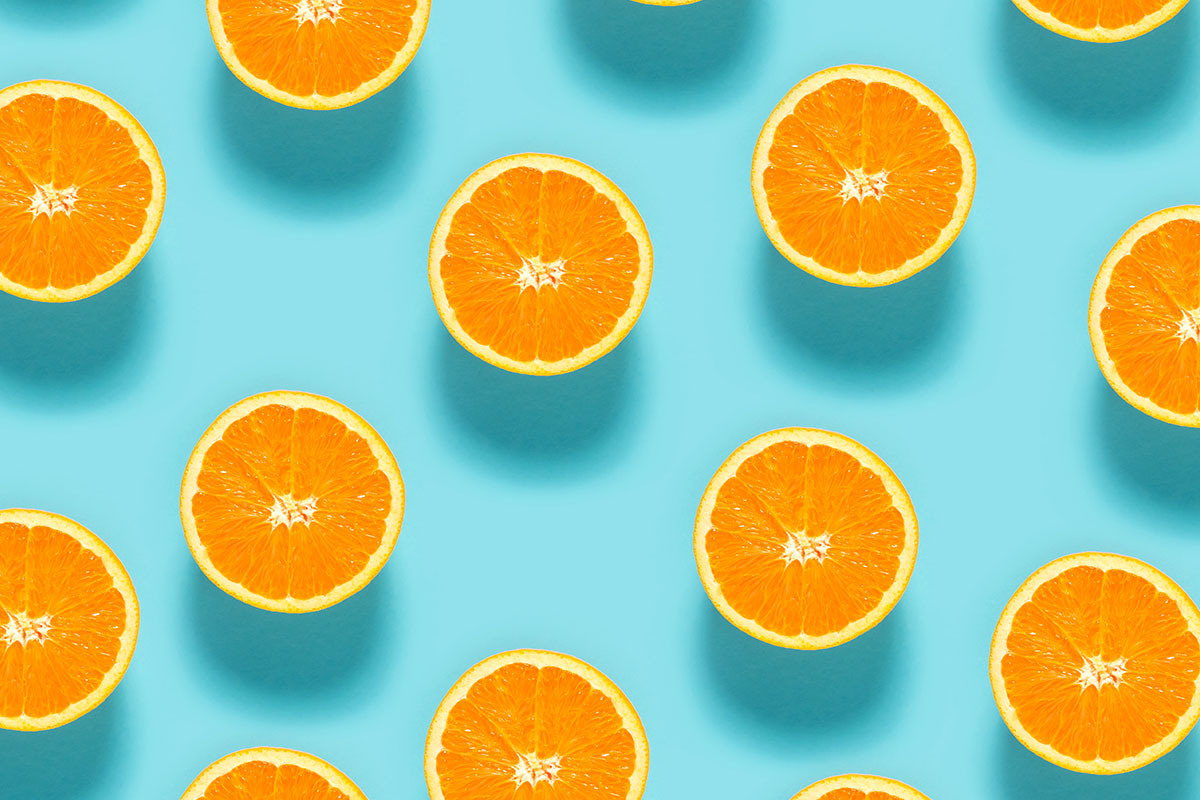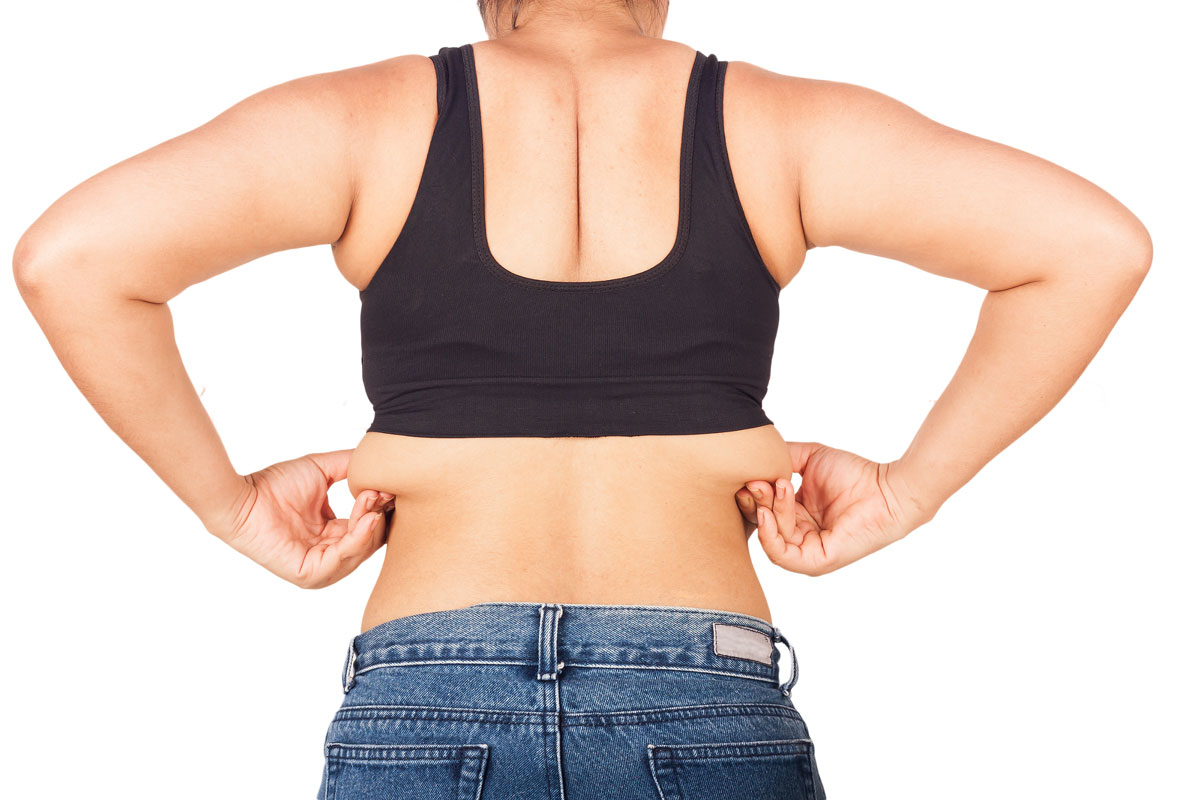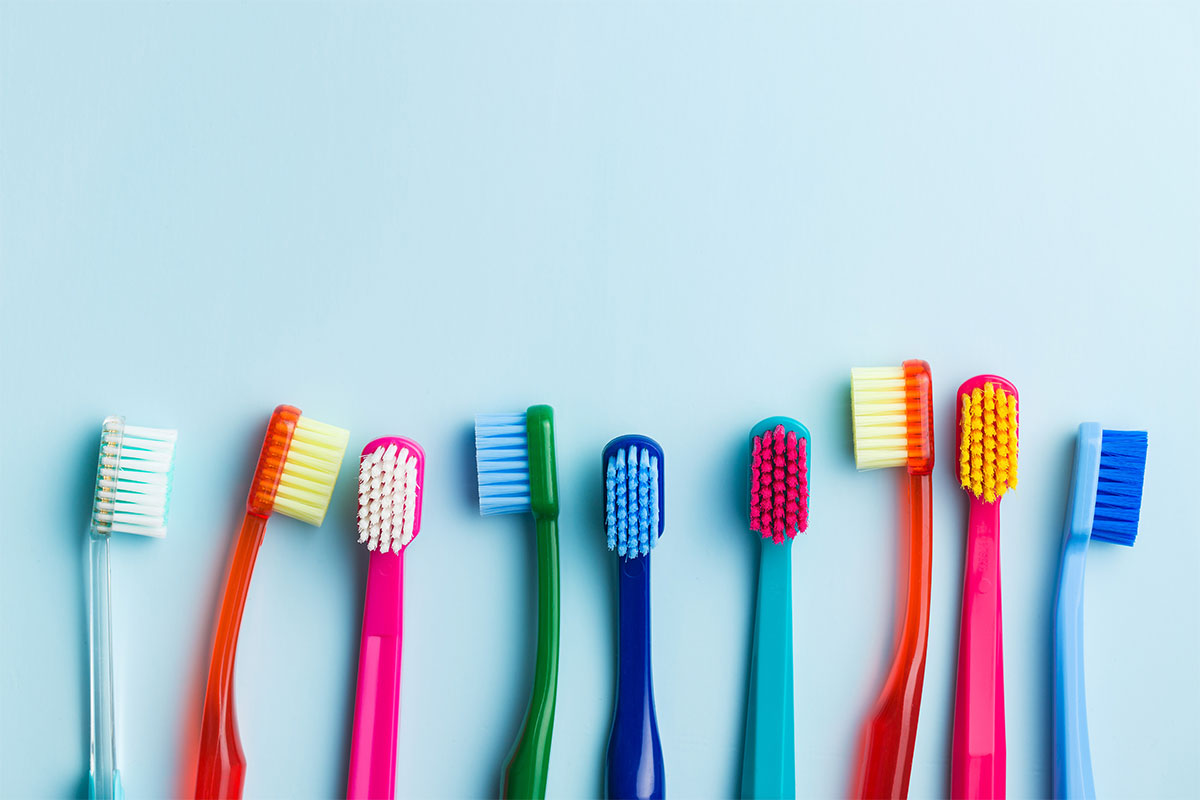Why am I Gaining Weight Despite Diet and Exercise? │ QA
If you’re careful with your nutrition, working out weekly, and still experiencing problems with your weight, take a moment to read this QA.

Welcome to the 22nd episode of the Living Healthy Podcast, presented by LA Fitness.
On this episode of Living Healthy, we bring back to the show LA Fitness, Personal Training Director, Tristen Alleman and, as always, listener favorite Dietitian Debbie James! They help explain the importance of establishing and maintaining a balanced workout routine and how nutrition plays an important part in this.
How Are We Doing?
This podcast should not replace any exercise program or restrictions, any dietary supplements or restrictions, or any other medical recommendations from your primary care physician. Before starting any exercise program or diet, make sure it is approved by your doctor.
Introduction
Begins at 0:01
Cardio Bunny Song
Begins at 0:42
What is a Cardio Bunny?
0:57
LAF Personal Training Director, Tristen Alleman, and LAF Registered Dietitian, Debbie James, Join the Show
1:23
Why is Cardio So Important?
1:43
What Exercises Are Considered Cardio?
2:51
What About Cardio Affects the Heart?
3:33
What Foods Are Good to Eat on Cardio-Focused Work Out Days?
4:16
Are Protein Shakes Needed on Cardio Days? Or Should They Be Saved for Strength Training Days?
6:00
Why Do Cardio Workouts Tend to Burn More Calories in Shorter Amounts of Time?
8:36
How Often Should You Include Cardio Workouts into Your Routine?
10:23
What’s Better: Cardio Before or After a Workout?
12:01
Is One Type of Cardio Better Than Another? HIIT? Cycle? Treadmill? Zumba®?
12:41
Is Caffeine Before an Aerobic Workout a Good Thing? What About Fruit Juice?
13:32
Can Too Much Cardio Damage Your Body?
15:16
NEW SEGMENT: Rapid Fire Social Media Questions from Our Listeners!
18:04
Actionable Advice
23:02
Outro
24:37
If you’re careful with your nutrition, working out weekly, and still experiencing problems with your weight, take a moment to read this QA.
Blood sugar control isn’t easy. These are Debbie’s top recommendations for how to address weight control with Type II Diabetes.
It's easier to work hard when you’ve got a game plan. Here are some options to help keep you moving until the last second of your workout!


I am at a healthy weight with good muscle mass (6 ft., 160 lbs., and ~11% body fat) for a 50-year-old male. What diet “dos” and “don’ts” do you have to reduce body fat to 10% or lower?
– Jerrod S.

Wow, Jerrod! Your 11% of body fat is already at a level that others aspire toward. Hard to say what will give you that final edge to reach sub 10% not knowing what you’ve done so far to get where you’re at. According to the makers of three major body composition analyzers*, less than 10% body fat for men aged 40-59 is “underfat”. The body needs a minimum amount of essential fat for cellular processes, an estimated 5% for men. At this point, too little fatty tissue impairs endocrine and metabolic functions.
Of course, by building muscle mass and increasing percentage of lean body mass, your percentage of fat will drop (without having to lose fat mass). Dedicated athletes, fitness models, and physique competitors reach low levels of body fat by different means. Regardless of goal or specific approach, they all take eating and exercise very seriously, to the point these two activities can make up the bulk of their waking hours. For whatever reason you want to see a “10%” on your next body composition assessment, you’ll have to be even more strict on the diet you follow now or reduce portions slightly. No magic bullet here – just more of the hard work you’ve already put in!
* Omron, Tanita, and InBody. Manufacturer’s websites accessed 3/25/2019.
– Debbie J., MS, RD
This article should not replace any exercise program or restrictions, any dietary supplements or restrictions, or any other medical recommendations from your primary care physician. Before starting any exercise program or diet, make sure it is approved by your doctor.
Some questions have been edited for length and/or clarity.
 Have a nutrition question? Our registered dietitian is ready to help!
Have a nutrition question? Our registered dietitian is ready to help!
Email nutrition@lafitness.com or submit your question below and it may be featured in an upcoming article!
If you’re careful with your nutrition, working out weekly, and still experiencing problems with your weight, take a moment to read this QA.
Blood sugar control isn’t easy. These are Debbie’s top recommendations for how to address weight control with Type II Diabetes.
It's easier to work hard when you’ve got a game plan. Here are some options to help keep you moving until the last second of your workout!

Ugh… The moment you miss an exit and are already late. Stressful! Stress is an unavoidable part of our strained and hectic lives today. It occurs when psychological or physical demands (whether perceived or real) exceed our ability to cope. Some people experience stress in the form of nervousness or headaches while others get muscle tightening or stomach upset. Long-term stress may cause anxiety or depression and contribute to chronic disease.
The effects of stress are two-fold: in behavior we react (e.g. stress eating) rather than respond; while physiologically our bodies produce greater amounts of the hormone cortisol. Both can contribute to nasty weight gain. But take heart – and breathe! In addition to relaxation techniques and other therapies, proper nutrition can combat stress. We offer this list of consumables that either reduce/interrupt the perception of stress or mitigate the harmful effects of stress:

DARK CHOCOLATE
Studies suggest that 1-2 ounces of dark chocolate (60-70% cacao) daily reduces stress levels and inflammation.1 Part of the effect may be that cacao’s flavonoids affect the brain’s sensory perception and mood, easing emotional stress.

OATMEAL
Oats can reduce stress hormone levels and boost serotonin to promote a feeling of calmness.2 Soluble fibers like fructo-oligosaccharides may boost mood since their effect on gut bacteria influences neurotransmitter systems.

ORANGES
In addition to having a stimulating aroma, citrus is rich in flavonoids which may increase cerebral blood flow and increase neural activity. Vitamin C and potassium-rich foods also improve blood pressure3 and boost the immune system, combatting chronic stress.4

WALNUTS
Various compounds in walnuts like polyphenols, tocopherols, polyunsaturated fatty acids (including omega-3 fatty acids3) may reduce oxidative stress and curb release of stress hormones. Walnuts are also a good source of B-vitamins which promote resilience during bouts of stress.4

MEDITERRANEAN-STYLE DIET
Nutrition experts recommend eating more legumes, fish, whole grains, fruits, and vegetables to reduce vulnerability to stress and decrease the effects of oxidative stress.5,6

PLANNED/EASY PREP MEALS
Knowing what you’re going to eat takes away uncertainty, eliminates ‘decision fatigue’ and creates predictability, reducing stress. Structured diets function the same way. Consider how much less complicated it is to eat and simply enjoy your meal when the decision (of what, how much and when) has already been made!

ADAPTOGENS
Certain compounds in herbal plants may mediate the adaptive stress response, helping to increase the body’s tolerance to stress by stimulating stress-protective responses, such as normalizing cortisol levels.7 Two observed adaptogens are Ashwagandha root and tulsi, though there is limited scientific evidence for their effectiveness. *

FOODS FROM OR EATEN OUTDOORS
If exploring nature and connecting with the earth can relieve stress, then picking your foods from a farm stand or straight from the garden may help. It follows also that dining ‘al fresco‘ will reduce stress — think of breathing in that fresh air!
Whether you modify your eating habits or incorporate stress-reducing foods, bolster those nutritional defenses with other stress-fighters like getting adequate sleep, exercise, keeping a positive attitude and practicing time management.
*The National Institutes of Health National Center for Complementary and Integrative Health emphasizes caution with using herbal remedies. They are best used short-term, for a few weeks.
REFERENCES:

Debbie James, RDN, helps answer a reader’s question on how to lose back fat.

Do dietary supplements actually work or are they really just a waste of money? LAF registered dietitian Debbie James discusses the use of supplements.

Debbie James, RDN, helps answer a reader’s question on what supplements help burn fat and grow muscle.

Staying healthy involves much more than just being fit and eating certain supplements or foods. One area that is often ignored is your mouth. If you neglect good oral care it can ruin your health in many ways – and may actually shorten your life.
Recently, researchers have discovered that the health of your mouth can affect the health of your entire body. This is especially true if you have the more serious form of gum disease – periodontitis. Most people have no idea that they have it or how serious it can become – and one reason is that it is nearly painless until it reaches the advanced stages. About half of the adults in America over 30 have the disease and it continues to be the major cause of tooth loss in adults.
Periodontitis is caused by some of the natural bacteria in your mouth. It gets into your gums through poor care of your teeth and starts an immune reaction. Once it is in your gums, it also gets access to your bloodstream. Not only will it destroy your gums, ligaments that support your teeth, and your jawbone, but the reaction from your immune system will produce buildups in your bloodstream and organs.
Those buildups can lead to many serious diseases and other health problems. They include cardiovascular disease, diabetes, stroke, heart attacks, several types of cancer, dementia, ED, Parkinson’s, and many more.
One of the worst things you can do for your teeth and oral health is to sip on sugary drinks for hours. Many people love to sip on specialty coffees, teas, energy drinks, or fruit juices, thinking it is healthy.
Unfortunately, the bacteria that cause cavities and gum disease feed on sugar. They also produce the acid that causes the cavities and gum disease for the next 20 minutes after each sip. It is better to drink sugary drinks only with a meal and rinse your mouth with water afterward.
While most people think fruit juice or flavored water is healthy, it can damage the enamel on your teeth. Fruit juice, especially citrus fruit juice, is highly acidic and it also has about as much sugar in it as soda. It will damage the enamel on your teeth, leading to sensitive teeth and cavities.
Besides the calcium that your teeth need for strength, your teeth also need a good dose of vitamin D. This sunshine vitamin enables your bones and teeth to absorb calcium for ongoing strength. Without it, the acid in your mouth and food will continue to leach the calcium out and make them brittle.
Researchers discovered that brushing after eating can reduce the enamel on your teeth. This is because acidic foods and drinks actually soften the enamel and a toothbrush can remove tiny bits of it. Brushing right away will also push the acid into the enamel, causing even more damage in the lower layers. You can rinse your mouth out with water and then brush about 30 minutes later.
While most people who exercise regularly know the importance of staying hydrated, here is one more reason – and it affects your dental health. A dry mouth promotes cavities and gum disease. Normally, your saliva will help to wash away the harmful bacteria and acid off your teeth. A dry mouth lets it multiply more and produce more acid than normal. You can increase your saliva by chewing sugarless gum and drinking more water.
You can keep your teeth and smile longer by eating healthy, brushing your teeth twice a day and flossing, and making regular dentist appointments.
This article was written in collaboration with Global Family Dental.

Photography provided by John Davydov of Global Family Dental.


If you’re careful with your nutrition, working out weekly, and still experiencing problems with your weight, take a moment to read this QA.
Blood sugar control isn’t easy. These are Debbie’s top recommendations for how to address weight control with Type II Diabetes.
It's easier to work hard when you’ve got a game plan. Here are some options to help keep you moving until the last second of your workout!


Cauliflower seems to be all the rage. Cauliflower pizza crust, cauliflower rice, cauliflower mashed potatoes – is it really healthier than the alternatives? (i.e. regular dough, white/brown rice, mashed potatoes) I’ve noticed that sometimes it seems like these cauliflower products are very high in cholesterol, seems counterintuitive. I need an expert’s advice!

It IS a craze! Cauliflower is a highly nutritious and under consumed cruciferous vegetable. Incorporating it in forms other than whole raw and steamed may reduce its benefit a smidge but at least more people are eating it. Its mild flavor and bland appearance make the versatile cauliflower suitable for replacing white starches for restricted carbohydrate, Paleo or gluten-free eating. Yes, I know purple, orange and green varieties exist. Here’s a rundown of the various popular ways cauliflower is offered (at present) compared to the original alternatives:
Riced cauliflower vs. rice – As a side dish, minced cauliflower is lower in calories and carbohydrate than traditional white rice. It offers more fiber, calcium, potassium, vitamin C, and vitamin K while enriched medium grain white rice provides more iron, magnesium, zinc, and folate. *
Mashed cauliflower vs. mashed potato – With a higher water content than potato, cauliflower contains fewer carbohydrates and calories than the equal volume of spuds. For a moist food like mashed potato, the substitution works, particularly once salt, garlic, butter, sour cream or chives are added for flavor. Cauliflower provides more fiber, calcium, folate, vitamin C, and vitamin K while potatoes provide more potassium, zinc, and magnesium:*
100 g boiled, drained cauliflower 100 g peeled, boiled potato
Cauliflower pizza crust vs. traditional dough – To hold the consistency together without wheat gluten, oil, egg and xanthan gum are added to cauliflower with starches like tapioca and brown rice flour. The oil content is responsible for higher fat, while egg is why the saturated fat content is often higher than the original dough version. Of course, switching the crust can only partially offset the pizza sauce, cheese, and toppings which are usually not healthy!
Sources:
*Nutrient values from USDA National Nutrient Database for Standard Reference Legacy Release, April 2018 database. Findings were used along with RDN’s professional judgment.
– Debbie J., MS, RD
This article should not replace any exercise program or restrictions, any dietary supplements or restrictions, or any other medical recommendations from your primary care physician. Before starting any exercise program or diet, make sure it is approved by your doctor.
Some questions have been edited for length and/or clarity.
 Have a nutrition question? Our registered dietitian is ready to help!
Have a nutrition question? Our registered dietitian is ready to help!
Email nutrition@lafitness.com or submit your question below and it may be featured in an upcoming article!
If you’re careful with your nutrition, working out weekly, and still experiencing problems with your weight, take a moment to read this QA.
Blood sugar control isn’t easy. These are Debbie’s top recommendations for how to address weight control with Type II Diabetes.
It's easier to work hard when you’ve got a game plan. Here are some options to help keep you moving until the last second of your workout!
Be the first to know about exclusive
content, deals and promotions